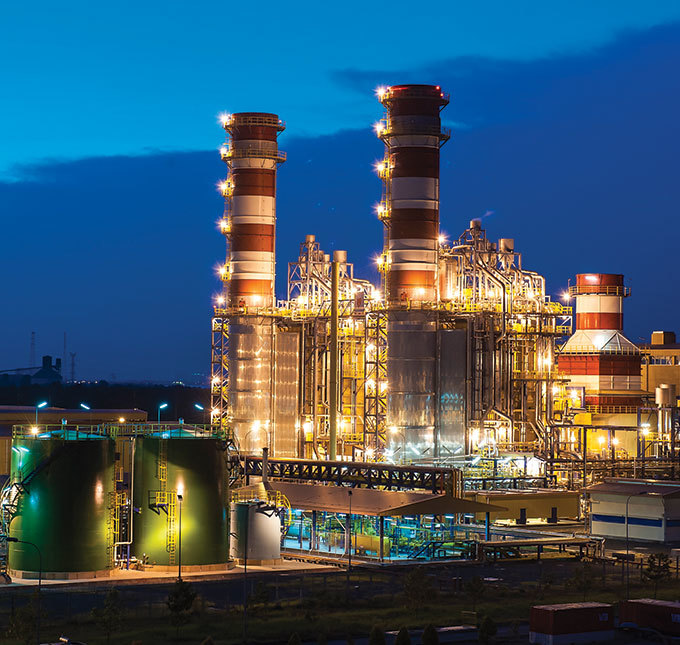For many years, Vietnam’s energy sources have mostly come from fossil fuels such as gas, petroleum, coal and hydropower. However, the sources of energy are becoming exhausted and Vietnam has begun importing coal for thermopower plants.
 |
| Illustrative image |
Meanwhile, traditional fossil fuels, causing serious pollution to the environment, are not in lind with the green consumption tendency in the world.
Therefore, restructuring the energy sector is a must. Renewable energy and LNG will become the major sources of energy for Vietnam in the future.
Trinh Duc Duy, deputy director of the Oil & Gas and Coal Department, said the proportion of renewable energy has increased significantly: hydropower accounts for 21.3 percent, coal-fired power 20.36 percent, gas 7 percent, solar 5-8 percent, oil 2.3 percent, biomass and wind power 0.1 percent, and imports 1.1 percent.
Under the government’s plan, renewable energy will account for 15-20 percent of total electricity generation sources by 2030 and 25-30 percent by 2040. The electricity from coal and hydropower will be decreasing gradually, while the proportion of renewable energy and non-carbon non-polluting gases such as LNG (Liquefied Natural Gas) will be increasing.
To date, the government of Vietnam has not set specific policies for the LNG segment. Only PV Gas and EVN can provide LNG made in Vietnam, while imports are not allowed.
However, anticipating a market boom, a series of infrastructure projects for LNG worth billions of dollars are being implemented throughout Vietnam.
| Though the LNG market in Vietnam is still in its infancy, both state-owned enterprises like PV Gas and private companies like Angelin Energy see its great potential. |
The two most valuable projects signed at the Vietnam Energy Forum 2020 were both in the LNG sector.
One of the projects was Chan May LNG, capitalized at $6 billion, and the other was the gas-fired power project in Ca Na of Ninh Thuan province, capitalized at $3.85 billion.
There are about 15 large infrastructure projects preparing for the import of LNG in the near future.
LNG has not been used on a large scale in Vietnam because of the required high investment rate on storage facilities, transport vehicles, infrastructure, equipment, and processing machines.
“The LNG demand in Vietnam is increasingly high. LNG is not only provided to the power sector, but also used in the steel and ceramics industry. But the domestic supply is limited and it is on the decline,” said Nguyen Thanh Binh, deputy CEO of PV Gas.
Binh estimated that Vietnam would need 7 billion cubic meters of LNG by 2025 and 20 billion cubic meters by 2030.
Translated by Mai Chi

VN female researcher uses fuel cells for renewable energy
With a passion for renewable energy development, Ho Thi Thanh Van from the HCM City University of Natural Resources and the Environment has created research breakthroughs in the use of fuel cells, an important source of clean energy of the future.

New renewable energy policy enters limelight
Vietnam has demonstrated significant progress in promoting renewable energy thanks to its policies over recent years,
 Though the LNG market in Vietnam is still in its infancy, both state-owned enterprises like PV Gas and private companies like Angelin Energy see its great potential, reported Nhip Cau Dau Tu.
Though the LNG market in Vietnam is still in its infancy, both state-owned enterprises like PV Gas and private companies like Angelin Energy see its great potential, reported Nhip Cau Dau Tu.